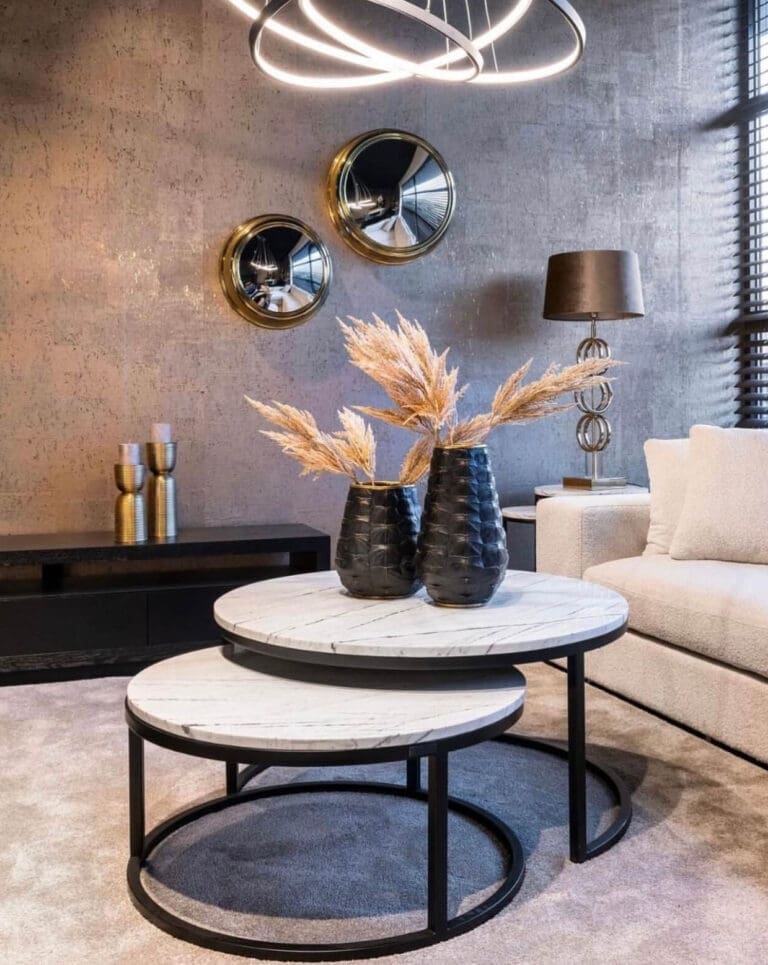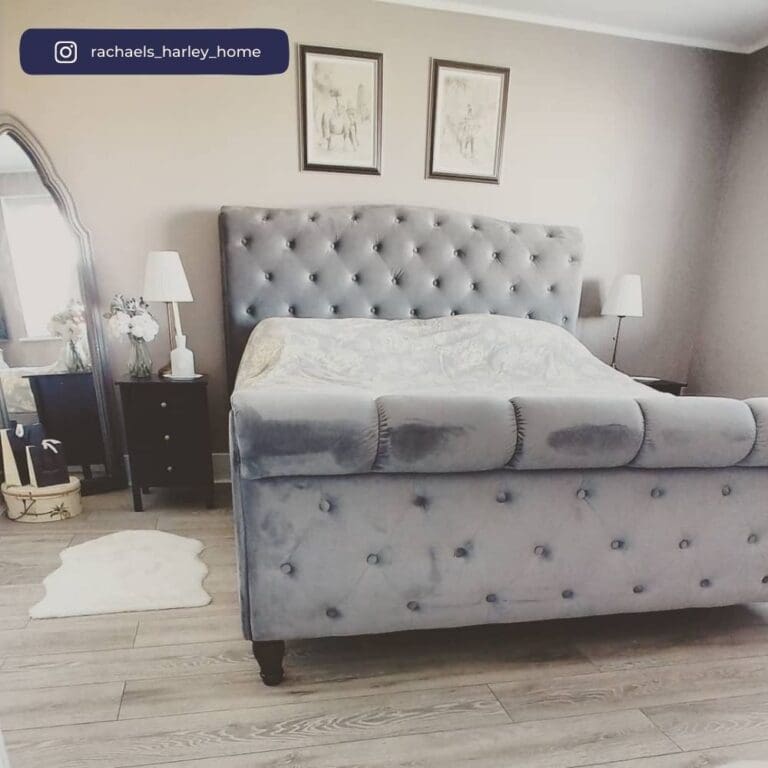Mid-century modern furniture is a popular style that originated in the mid-20th century, between the 1940s and the 1960s. It is characterised by clean lines, organic forms, and a focus on function over ornamentation. Mid-century modern furniture is still popular today and can be found in many contemporary homes. In this guide, we will provide a complete overview of mid-century modern furniture, including its history, characteristics, and how to incorporate it into your home decor.
History of Mid-Century Modern Furniture
Mid-century modern furniture is rooted in the modernist movement, which began in the early 20th century. Modernist designers sought to create functional, affordable, and aesthetically pleasing designs that could be mass-produced. Mid-century modern furniture emerged in the aftermath of World War II when there was a high demand for affordable housing and furniture.
During this time, designers such as Charles and Ray Eames, George Nelson, and Harry Bertoia created iconic designs that are still popular today. They utilised new materials and production techniques to create furniture that was lightweight, durable, and easy to produce. Mid-century modern furniture became popular due to its affordability, functionality, and minimalist aesthetic.
Characteristics of Mid-Century Modern Furniture
Mid-century modern furniture is characterised by several design elements. Some of the most notable characteristics of mid-century modern furniture include:
1. Clean Lines
Mid-century modern furniture is known for its clean lines and simple forms. Designs are often characterised by sharp angles and geometric shapes.

2. Organic Forms
Despite its focus on clean lines, mid-century modern furniture often incorporates organic shapes inspired by nature. This can be seen in the use of curves and rounded edges.

3. Use of New Materials
Mid-century modern furniture designers often experimented with new materials, such as moulded plywood, fibreglass, and plastic. These materials allowed for new forms and shapes that were not possible with traditional materials like wood and metal.

4. Minimalist Aesthetic
Mid-century modern furniture is often characterised by a minimalist aesthetic, with a focus on function over ornamentation. Designs are simple and unadorned, with an emphasis on practicality and comfort.

5. Bold Colours
Mid-century modern furniture often incorporates bold, vibrant colours, such as orange, green, and blue. These colours were used to add interest and energy to the minimalist designs.

How to Incorporate Mid-Century Modern Furniture into Your Home
If you’re interested in incorporating mid-century modern furniture into your home decor, there are several ways to do so. Here are a few ideas:
Invest in Iconic Pieces. Consider investing in iconic mid-century modern furniture pieces like the vintage Vitra handmade armchair or the Tegan Dining Set. These pieces are timeless and will add a touch of sophistication to any room.


Mix and Match. Don’t be afraid to mix and match different mid-century modern furniture pieces to create a unique and eclectic look. Combining different colours, textures, and materials can add interest and depth to your decor.
Add Pops of Colour. Consider adding pops of colour to your decor with mid-century modern-inspired accessories, such as throw pillows, rugs, or artwork. These pieces can add energy and vibrancy to your space.

Embrace Natural Materials. Mid-century modern furniture often incorporates natural materials, such as wood and leather. Embrace these materials in your decor to add warmth and texture to your space.


Keep It Simple. Remember that mid-century modern furniture is all about simplicity and function. Keep your decor simple and unadorned, with a focus on practicality and comfort.

Conclusion
By understanding the key design principles and characteristics of mid-century modern furniture, you can make informed decisions when selecting pieces for your home. And with a wide range of materials, finishes, and colours available, it’s easy to create a unique and personalised mid-century modern interior that reflects your individual taste and lifestyle.
So if you’re looking to incorporate mid-century modern furniture into your home, be sure to explore the many options available and experiment with different combinations until you find the perfect balance of form and function. With its enduring appeal and timeless design, mid-century modern furniture is sure to remain a staple of interior design for years to come.


